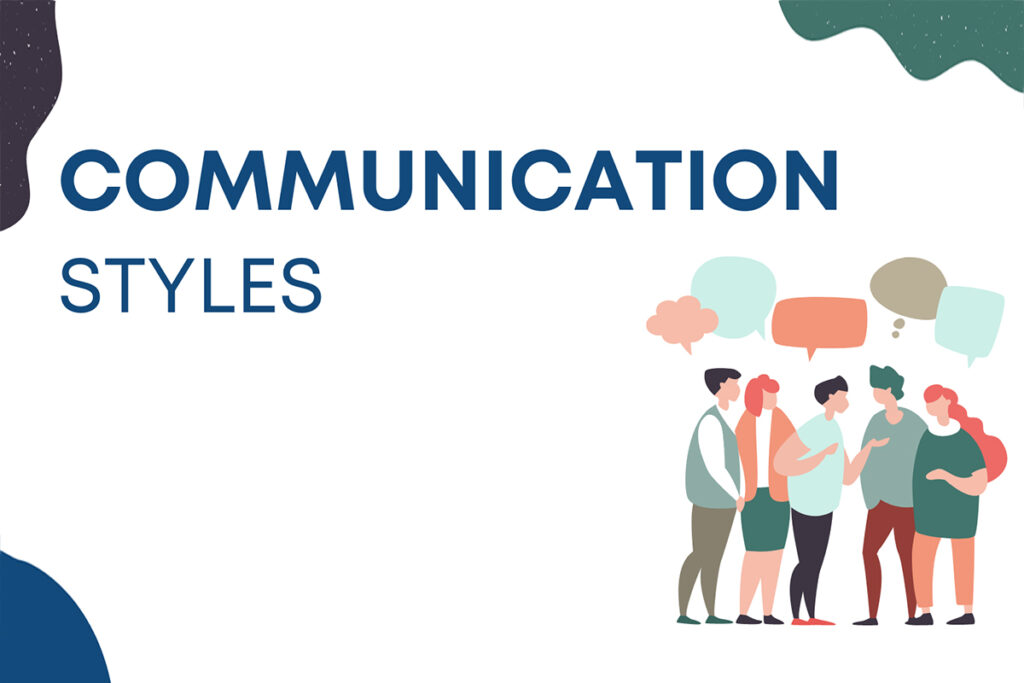
What you say and how you say it is part of your brand identity and leadership
style. As a Strengths ® Coach, I work with clients on leading with their strengths;
it is the basis of developing their leadership style.
However, how we communicate plays a significant role in how we lead and
whether people follow us. Our talents influence how we communicate.
Some people are viewed as born leaders, but we are all born with God-given
talents that we can sharpen; they help develop our leadership styles.
It starts with self-awareness with a significant focus on communication.
Effective leadership is often synonymous with effective communication. How you
communicate can significantly influence your leadership style and, consequently,
your team’s success. Let’s look at how different communication styles shape
leadership.
1. Assertive Communication
Assertive leaders are clear, direct, and respectful. They express their thoughts and
feelings honestly while considering others’ perspectives. This style fosters an
environment of mutual respect and open dialogue, encouraging team members to
voice their opinions and ideas without fear of retribution.
Impact on Leadership:
- Builds Trust: Team members feel valued and understood.
- Promotes Clarity: Clear expectations and feedback help in achieving goals
efficiently. - Encourages Initiative: Team members are likelier to take ownership of their
tasks.
2. Passive Communication
Passive communicators often avoid confrontation and may struggle to express their
needs or opinions. While they may be seen as agreeable and easy-going, this style
can lead to misunderstandings and unaddressed issues within the team.
Impact on Leadership:
- Creates Ambiguity: Lack of clear direction can confuse team members.
- Reduces Accountability: Team members may not feel compelled to take
responsibility. - Hinders Growth: Important issues may remain unresolved, and progress may
stall.
3. Aggressive Communication
Aggressive leaders tend to dominate conversations and often disregard others’
viewpoints. This style can create a hostile work environment where team members
may feel intimidated or undervalued.
Impact on Leadership:
- Breeds Resentment: Team members may feel disrespected and demotivated.
- Stifles Creativity: Fear of criticism can prevent team members from sharing
innovative ideas. - Increases Turnover: High-stress environments can lead to higher employee
turnover rates.
4. Passive-Aggressive Communication
Passive-aggressive communicators express their dissatisfaction indirectly, often
through sarcasm or subtle digs. This style can create a toxic work environment in
which team members are unsure of their position.
Impact on Leadership:
- Erodes Trust: Team members may feel manipulated or deceived.
- Fosters Miscommunication: Indirect communication can lead to
misunderstandings. - Decreases Morale: Negative undertones can demoralize the team.
5. Empathetic Communication
Empathetic leaders prioritize understanding and addressing their team members’
emotions and concerns. They listen actively and respond with compassion, creating
a supportive and inclusive work environment.
Impact on Leadership:
- Enhances Collaboration: Team members feel safe to share their ideas and
concerns. - Boosts Morale: A supportive environment increases job satisfaction and
motivation. - Improves Problem-Solving: Understanding different perspectives leads to
more effective solutions.
Your communication style is a powerful tool that defines your leadership approach.
By being aware of how you communicate and its impact on your team, you can
cultivate a leadership style that fosters trust, clarity, and collaboration.
Whether you naturally lean towards assertive, empathetic, or another style, the key is to
adapt and refine your communication to meet your team’s needs and your organization’s goals.
This includes focusing on your natural talents and leaning on
them to fine-tune your communication and define your leadership. If you are not
aware of your communication approach, you can ask your closest confidants, your
colleagues, or your team members. Communication Audits are very useful tools in
assessing a company’s culture and the effectiveness of a leader.
As a coach, I ask questions, and here are three questions for you to think about and
answer. I recommend sitting in a quiet space, clearing everything off your desk,
and answering these questions.
- What communication style best describes your leadership approach?
- How can you develop a more effective and respected communication style
that enhances your leadership abilities? - How do your natural talents play a role in how you communicate?




